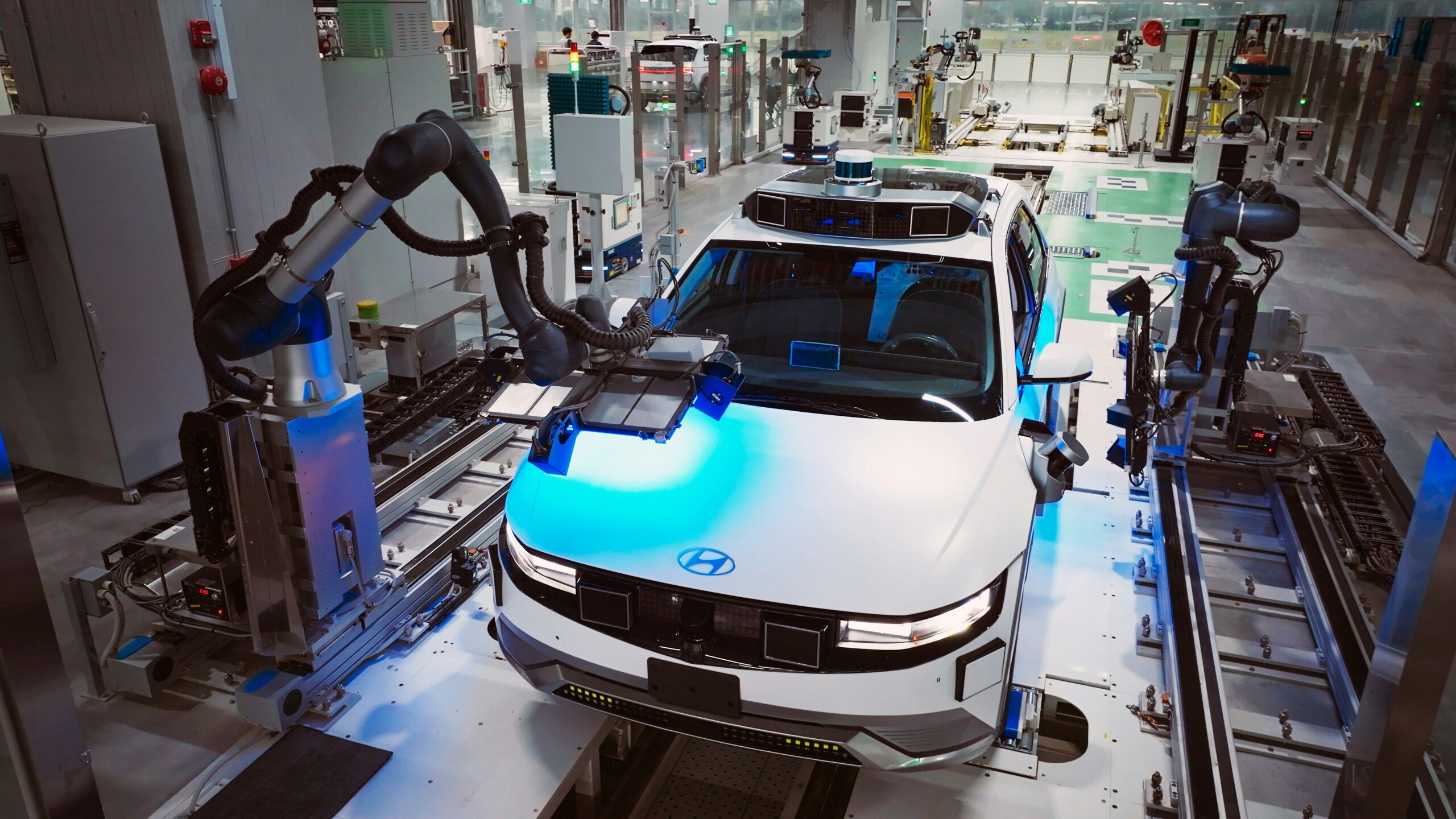In the ever-evolving world of manufacturing, efficiency and precision are paramount. Robotics and automation are transforming the industry, with technologies like Automated Guided Vehicles (AGVs) and Autonomous Mobile Robots (AMRs) leading the charge. This blog delves into how AGVs and AMRs work, highlighting popular examples in the industry and showcasing their significant benefits.
Understanding AGVs and AMRs
Automated Guided Vehicles (AGVs) and Autonomous Mobile Robots (AMRs) are revolutionizing material handling within manufacturing facilities. While both are designed to transport materials, they operate differently, each offering unique advantages.
AGVs follow fixed routes within a facility, guided by magnetic strips, wires, lasers, or GPS systems. They are ideal for predictable, repetitive tasks and are commonly used in environments with stable, well-defined pathways.
AMRs, on the other hand, use sophisticated sensors, cameras, and AI algorithms to navigate dynamically. They can adapt to changing environments, making real-time decisions to optimize their paths. This flexibility allows them to handle more complex and variable tasks.
AGVs in Action: Toyota’s Automated Guided Vehicles
Toyota, a global leader in automotive manufacturing, has successfully integrated AGVs into its production lines, particularly in their highly automated plants.
How It Works:
– Navigation: Toyota’s AGVs use a combination of magnetic strips and laser guidance to navigate factory floors. They transport materials such as car parts and assemblies between workstations.
– Task Management: These AGVs are programmed to perform specific tasks like delivering parts just-in-time to various points on the production line.
– System Coordination: The AGVs are integrated with Toyota’s production management system, ensuring that the right parts are delivered to the right place at the right time.
Benefits to Toyota:
– Optimized Workflow: AGVs streamline the material handling process, reducing delays and ensuring a smooth production flow.
– Labor Efficiency: By automating transport tasks, Toyota can allocate human workers to more skilled and strategic roles, improving overall labor efficiency.
– Consistency and Accuracy: AGVs ensure consistent and precise delivery of parts, reducing errors and enhancing production quality.
AMRs in Action: Locus Robotics
Locus Robotics is a leading provider of AMR solutions, particularly renowned in the e-commerce and logistics sectors. Their robots have been instrumental in optimizing warehouse operations for companies like DHL and GEODIS.
How It Works:
– Navigation: Locus robots use a combination of SLAM (Simultaneous Localization and Mapping) technology, sensors, and cameras to navigate and map their environment in real-time.
– Task Adaptability: These robots can dynamically adapt to changes in the warehouse layout, optimizing their paths and tasks on-the-fly.
– Human Collaboration: Locus robots are designed to work alongside human pickers. They autonomously move to picking stations, where workers place items into their bins for transport to packing areas.
Benefits to Companies:
– Increased Throughput: By reducing the distance workers need to travel, Locus robots significantly increase picking efficiency and overall throughput.
– Flexibility: The robots’ ability to adapt to layout changes allows for flexible operations, accommodating seasonal demand fluctuations or changes in inventory.
– Reduced Training Time: Locus robots are user-friendly and require minimal training, enabling quick deployment and scaling.
Broader Benefits of AGVs and AMRs
1. Enhanced Safety: By automating hazardous or repetitive tasks, AGVs and AMRs create a safer working environment, reducing the risk of accidents and injuries.
2. Cost Savings: Automation reduces labor costs and minimizes errors that can lead to expensive rework or scrap. Over time, the investment in these technologies leads to significant cost savings.
3. Operational Efficiency: These robots work tirelessly, ensuring continuous operation without breaks, which increases overall productivity and efficiency.
4. Real-Time Data Insights: AGVs and AMRs generate valuable data that can be analyzed to optimize processes, identify bottlenecks, and enhance decision-making.
The Future of Robotics in Manufacturing
The future of robotics in manufacturing is bright, with ongoing advancements promising even greater capabilities and efficiencies. Key trends to watch include:
1. AI and Machine Learning Enhancements: Robots will become smarter, with improved predictive analytics and decision-making abilities.
2. Collaborative Robots (Cobots): These robots will work more seamlessly alongside human workers, combining the best attributes of both to maximize productivity.
3. Connected Manufacturing Ecosystems: The rise of the Industrial Internet of Things (IIoT) will enable fully connected ecosystems, where all components—machines, robots, and human workers—communicate and collaborate efficiently.
Call to Action: Upgrade Your Manufacturing with Robotics Today
The benefits of integrating AGVs and AMRs into your manufacturing processes are clear. These technologies not only enhance efficiency and precision but also create safer and more adaptable work environments.
Are you ready to elevate your manufacturing operations? Contact us today to explore how our innovative AGV and AMR solutions can transform your business. Let’s build a smarter, more efficient future together!
By leveraging the power of robotics and automation, manufacturers can achieve new heights of performance and quality, setting themselves apart in a competitive marketplace.




